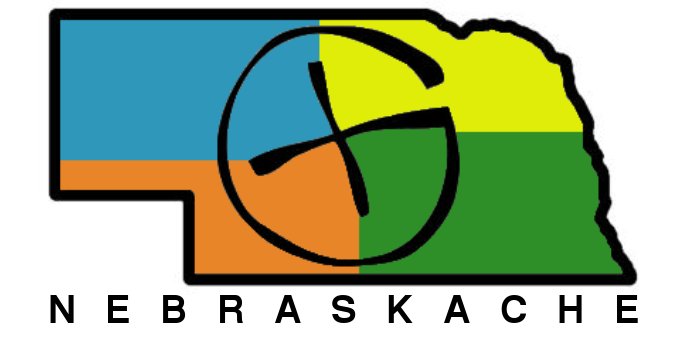Hot air balloons are one of the most beautiful and fascinating ways
to take to the skies. Most people are unaware that these beautiful
and exotic aircraft are actually a relatively modern invention, and
that these seemingly peaceful sport balloons are actually the
unintended result of a military contract. One man, Paul Edward "Ed"
Yost, developed, built, and flew the very first balloons that
effectively defined the modern hot air balloon.
Throughout the 1950s, Yost was involved with military and other
classified government programs using gas balloons to carry leaflets
and even men across the Iron Curtain from three launch sites in
West Germany. Using different sized gas balloons, most of Eastern
Europe could be covered, carrying anywhere from 4 pounds to over
750 pounds of leaflets. The leaflets were actually small newspapers
that would give inhabitants of Communist dominated countries news
of the West they couldn't get any other way. Yost said "the thing
worked too damn good and we got the Hungarian Revolution.
Eisenhower stopped the program. We should have been dropping
45s."
Communist bloc countries were in the habit of looking for and
shooting down the gas balloons. Yost said that "we were launching
big balloons in the daytime. Some days there would be a trail of
balloons across the sky. Fighter planes were blowing them out of
the sky, so they changed to launching at night." So probably the
news shouldn't have been quite so shocking when in 1995 Belarus, a
country still mired in a Cold War mentality, shot down and killed
two balloonists participating in the Gordon Bennett balloon race in
Europe.
Yost conceived the hot air balloon as cheaper and easier to launch
replacement for the gas balloons in use in Europe. Initially
propane was not the fuel of choice because it wasn't available in
European locations where the balloons were flown. Indoor
experiments began using plumbers pots fueled by white gas as
burners. Eventually, on October 18, 1955 a balloon using five
plumbers pots lifted a man on a tether. One of the tethered
balloons holding a man on a harness was photographed, and Yost used
the photo to negotiate a $47,000 contract from the Office of Naval
Research. He had to "nurse" the small sum of money, "bootlegging"
parts and labor along the way.
Yost flew the first man-capable hot air balloon at at the old
Bruning Army Air Field near Bruning, Nebraska on October 22, 1960.
It used propane vapor rather than liquid propane. It was a cold
October day, and Yost had to shake the propane tanks to get some of
the liquid propane to vaporize on the sides of the tanks. After a
slow climb to around 500 to 600 feet, Yost succeeded in staying
aloft for 35 minutes. The deflation opening was only 7 feet across,
with the fabric held together by a line which was cut by an
explosive squib fired by a flashlight switch. The small hole opened
up when the squib was fired. But with such a small opening, the
balloon deflated very slowly. Yost said "the balloon dragged me all
over the country."
One of the first modifications was to develop a liquid propane
burner. One of the first flights of a burner with preheat tubes
almost ended disastrously when the burner blew up. Yost said he
"turned everything off and landed like a ton of bricks". Following
the difficult landing on the first flight, when Yost went to the
doctor after this flight, his doctor told him that "he had already
worn out three bodies".
Larger steel tubing would solve that burner problem, but then
problems were encountered with flameouts which had to be solved.
The original envelope fabric used was only .84 ounces per square
yard (typical fabric used in production balloons today is 1.9), but
it was too porous. Dupont developed a fabric laminated with mylar.
Yost said the laminated fabric did the job, but it only lasted 4 or
5 flights and would begin to delaminate. Other innovations that
were incorporated as the experiments proceeded were a much improved
top deflation port held in by velcro and a side vent to allow a
quick descent. Even here, more than one try was required. The first
side slit was 7 feet, and it was inadequate. A larger side vent was
then used. Yost is still proud of the side vent and adamant that it
is better than some other vents used today.
By the time Yost and his team had met all of the Navy requirements
for a one-man balloon and the final report was written, Yost had
developed and flown hot air balloons incorporating all of the major
characteristics of today's modern hot air balloons. The innovations
included nonporous coated synthetic fabrics, liquid propane fueled
burners with preheater tubes and fast acting valves, and
maneuvering and deflation vents for control of the aircraft during
flight and landing.

Placed By A Nebraskache Member